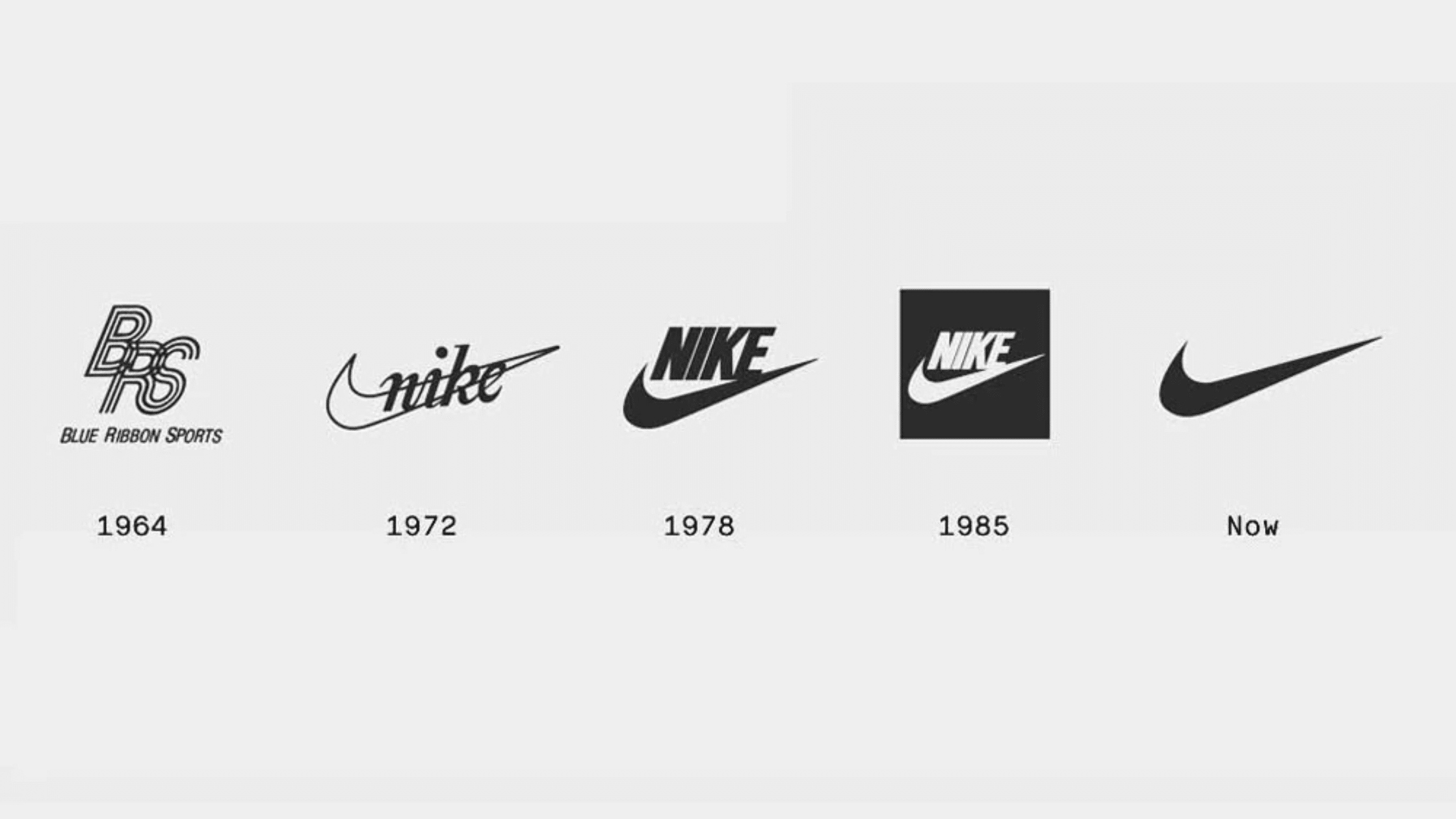In today's saturated marketplace, effective brand communication is crucial for standing out and connecting with consumers. One powerful tool in the marketer's arsenal is semiotics—the study of signs and symbols and their meanings. This article explores how semiotics plays a pivotal role in decoding brand communication, helping marketers craft messages that resonate with their target audience on a deeper level.
Introduction:
Brand communication goes beyond mere words and visuals—it's about conveying meaning, emotions, and values. Semiotics, the study of signs and symbols and their interpretation, provides marketers with invaluable insights into how consumers perceive and interpret brand messages. By understanding the semiotics of branding, marketers can create more compelling and resonant campaigns that cut through the noise of the marketplace.
The Basics of Semiotics:
Semiotics is rooted in the idea that signs and symbols carry meaning beyond their literal representation. A sign consists of two components: the signifier (the physical form of the sign) and the signified (the concept or meaning associated with the sign). For example, the Nike swoosh is a signifier that represents athleticism, victory, and performance—the signified.

The Role of Signs and Symbols in Branding:
In branding, signs and symbols serve as powerful tools for communicating a brand's identity, values, and positioning. Logos, colors, typography, and imagery all contribute to the semiotic landscape of a brand, shaping how consumers perceive and engage with it. For example, the golden arches of McDonald's evoke feelings of familiarity, convenience, and indulgence, thanks to decades of semiotic reinforcement.
Decoding Brand Messages:
Consumers are constantly decoding brand messages based on semiotic cues. Whether consciously or subconsciously, they interpret logos, packaging, and advertising to make sense of a brand's identity and offerings. Marketers must be mindful of the semiotic codes prevalent in their target market and ensure that their brand communication aligns with these codes to avoid misinterpretation or confusion.
Case Studies:
- Coca-Cola: The iconic red and white color scheme, coupled with the timeless cursive font of the logo, conveys a sense of warmth, happiness, and tradition. Through consistent use across various marketing channels, Coca-Cola has ingrained its brand identity into the collective consciousness of consumers worldwide.
- Apple: With its minimalist logo and sleek product design, Apple has become synonymous with innovation, sophistication, and premium quality. From its carefully crafted ads to its retail store aesthetics, every aspect of Apple's brand communication reinforces its semiotic associations with cutting-edge technology and lifestyle.
- Chanel: The interlocking Cs of Chanel's logo exude elegance, luxury, and timeless style. Through strategic placement on its products and in its marketing campaigns, Chanel has established itself as a symbol of sophistication and status, appealing to discerning consumers seeking exclusivity and refinement.
Conclusion:
In an era of information overload, mastering the semiotics of signs and symbols is essential for effective brand communication. By understanding how consumers interpret visual cues and symbols, marketers can create more meaningful and resonant brand experiences that foster lasting connections with their target audience. Leveraging semiotics effectively can help brands stand out in a competitive market and resonate with the diverse audience in the region. Unlock the secrets of effective branding through semiotics. Learn from iconic brands like Coca-Cola, Apple, and Chanel.
Elevate your marketing strategies with insights tailored for brands seeking the